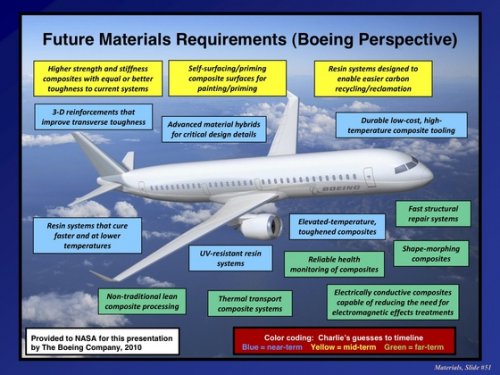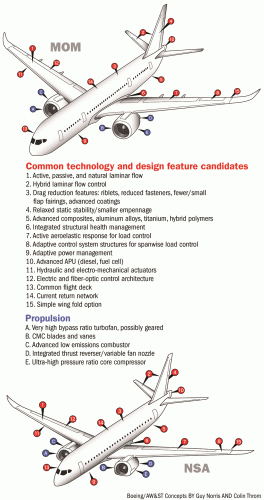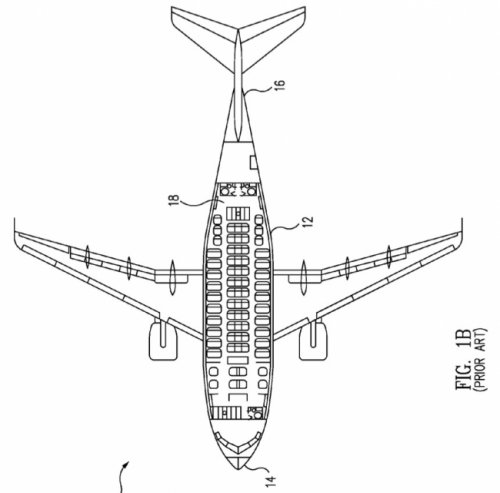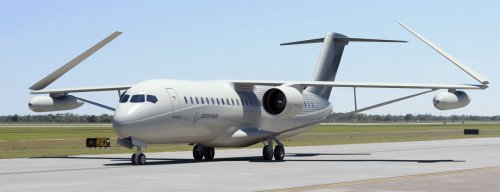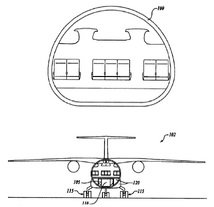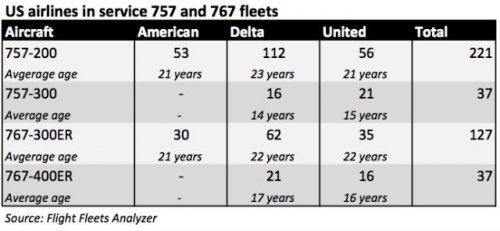"Boeing Advancing on Successor to 757 Jet, Air Astana Says"
By Chris Jasper and Julie Johnsson Jun 27, 2014 11:15 AM PT
Source:
http://www.bloomberg.com/news/2014-06-26/boeing-advancing-on-successor-to-757-jet-air-astana-says.html
By Chris Jasper and Julie Johnsson Jun 27, 2014 11:15 AM PT
Source:
http://www.bloomberg.com/news/2014-06-26/boeing-advancing-on-successor-to-757-jet-air-astana-says.html
Boeing Co. (BA) is close to announcing a new aircraft to succeed the 757 jetliner that ceased production almost a decade ago, according to central Asian carrier Air Astana, which is keen to purchase the plane.
The airline’s talks with Boeing at the International Air Transport Association annual meeting in Doha earlier this month suggest the model will be built, Air Astana President Peter Foster said yesterday in an interview in London.
Boeing is gauging the appetite of airlines for a new medium-size jet for transcontinental travel within the U.S., executives said at the Singapore Air Show in February. A plane seating 180 people in two classes able to fly as many as 9 hours also would meet requirements from Almaty, Kazakhstan-based Air Astana on so-called long, thin routes, Foster said.
“They made absolutely clear that this is now firming up and that they’ll be making an announcement soon,” Foster said of the Doha discussions. “That for us is very interesting.”
The new aircraft would help fill the gap in Chicago-based Boeing’s roster of new jets between the largest 737 Max, set to debut late this decade, and the smallest 787 Dreamliner. Airbus (AIR) Group NV has been gaining sales in the transcontinental segment with its long-range A321, and could make further headway if executives move forward with plans to outfit its medium-range A330 with more fuel-efficient engines.
Market Trends
“We continue to watch trends and speak to our customers to determine what the market will require in the years to come,” Doug Alder, a Boeing spokesman, said today in an e-mail. “Today, we’re very focused on our current development programs: the 777X, the 737 Max and the 787-10.”
Air Astana, which is 49 percent owned by U.K. defense company BAE Systems Plc (BA/), has issued a request for proposals for 11 stopgap jets to replace five 757s and a handful of other aging planes, with Airbus’s re-engined A321neo emerging as the best prospect for the niche, Foster said.
Air Astana is seeking deliveries starting in 2017, with the planes on eight-year leases expiring from about the time that a 757 successor would become available in 2024 or 2025, the executive said. Discussions are under way with lessors including AerCap Holdings NV (AER) and Air Lease Corp. (AL), and an A321 order probably will be announced as soon as October, he said.
Final 757
While Boeing delivered the last single-aisle 757 in 2005, the jet remains popular with carriers such as Atlanta-based Delta Air Lines Inc. (DAL) for a range that’s unmatched by any narrow-body jet currently manufactured.
Chief Executive Officer Jim McNerney said in May that Boeing was contemplating a new aircraft with comparable capabilities, though saw no immediate need to produce the plane.
Boeing’s design would meld features from the single-aisle 737 Max, which seats as many as 192 people, and the twin-aisle 787-8, with a capacity for 242 travelers, McNerney said. The planemaker used a similar approach when it developed the 757 jointly with the larger 767 in the 1980s.
Air Astana has just taken delivery of a third Boeing 767 that may be the last passenger variant off the assembly line, according to Foster, a former CEO of Royal Brunei Airlines and senior executive at Hong Kong’s Cathay Pacific Airways Ltd. (293)
The Kazakhstan airline also has orders for three 787 Dreamliners for delivery in 2017 and 2019 that will be used on U.S. routes, Foster said.
Founded in 2002 as part of a planned BAE deal to sell radar equipment to the Kazakh government, Air Astana has expanded to offer 60 services, 38 of them international.
European Expansion
While the carrier is strongest on routes to Russia and former Soviet capitals in central Asia, it has added destinations in China, South Korea and Thailand and also serves Frankfurt, London and Amsterdam. Flights to Paris and Prague will commence in March after the European Union lifted curbs imposed after Kazakh civil aviation authorities failed to pass a safety audit. Air Astana had already won a partial exemption.
Foster said the carrier also needs to replace a fleet of Embraer SA (EMBR3) E-190 regional jets, and that while Bombardier Inc. (BBD/B)’s new CSeries plane is an option the new generation Embraer E2 family may be more attractive.
Air Astana -- which is 51 percent owned by Kazakhstan’s sovereign wealth fund -- plans to hold further talks with the Brazilian company at the Farnborough Air Show in July, where it could commit to a purchase, he said.
The carrier hired Seabury Group to explore options for joining a global alliance, though the feedback was that central Asia’s relatively low population might not be sufficiently attractive, Foster said. It will instead pursue a code-share with Air France or Deutsche Lufthansa AG (LHA) and ties with Finnair Oyj (FIA1S) that could provide U.S. links prior to the 787 service.

